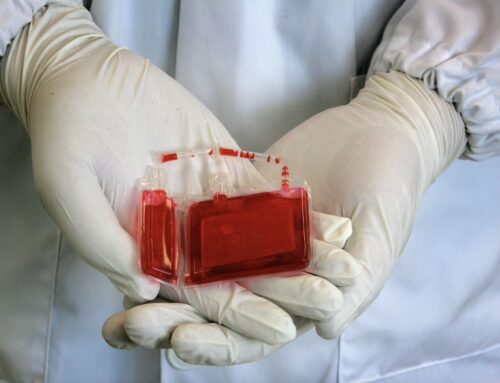Giving Insulin Shots to a Child
When to give a child an insulin shot?
Giving a child an insulin shot is necessary if they have been diagnosed with type 1 diabetes or, in some cases, type 2 diabetes that requires insulin therapy. Insulin is a hormone that helps regulate blood sugar levels, and children with diabetes may need insulin injections to manage their condition. Here are some situations when a child may need an insulin shot:
- Type 1 diabetes diagnosis: Children with type 1 diabetes typically require insulin therapy from the time of diagnosis.
- Type 2 diabetes requiring insulin: In some cases, children with type 2 diabetes may also require insulin therapy if their blood sugar levels cannot be controlled with other medications or lifestyle changes.
- High blood sugar levels: If a child’s blood sugar levels are consistently high, despite dietary and lifestyle changes, they may need insulin to help lower their blood sugar levels.
- Illness or infection: Illness or infection can cause blood sugar levels to rise, so children with diabetes may need extra insulin during these times to keep their blood sugar levels stable.
- Before meals: Some children with diabetes may require insulin injections before meals to help regulate their blood sugar levels after eating.
It’s important for parents or caregivers of children with diabetes to work closely with their healthcare team to determine the appropriate insulin regimen for their child and to learn how to properly administer insulin injections. Insulin doses may need to be adjusted based on factors such as the child’s age, weight, activity level, and overall health.
How to give a child an insulin shot?
Giving a child an insulin shot requires careful preparation and administration to ensure the correct dosage is delivered safely. Here’s a general guide on how to give a child an insulin shot:
- Gather supplies: You will need an insulin pen or syringe, an alcohol swab, and a sharps container for disposing of needles.
- Wash your hands: Wash your hands thoroughly with soap and water.
- Prepare the insulin: If you are using an insulin pen, attach a new needle and dial the correct dose. If you are using a syringe, draw the correct dose of insulin into the syringe.
- Prepare the injection site: Clean the injection site with an alcohol swab and let it dry.
- Administer the insulin: Hold the syringe or insulin pen at a 90-degree angle to the skin. Insert the needle into the skin and push the plunger or press the button on the insulin pen to inject the insulin.
- Remove the needle: Once the insulin has been injected, remove the needle at the same angle it was inserted. Do not recap the needle.
- Dispose of the needle: Place the used needle in a sharps container immediately after use.
- Monitor the child: Keep an eye on the child for any signs of low blood sugar (hypoglycemia) or allergic reaction.
It’s important to follow the specific instructions provided by your child’s healthcare provider for administering insulin. They can provide guidance on the correct dosage, injection technique, and any other specific instructions for your child’s insulin regimen.




